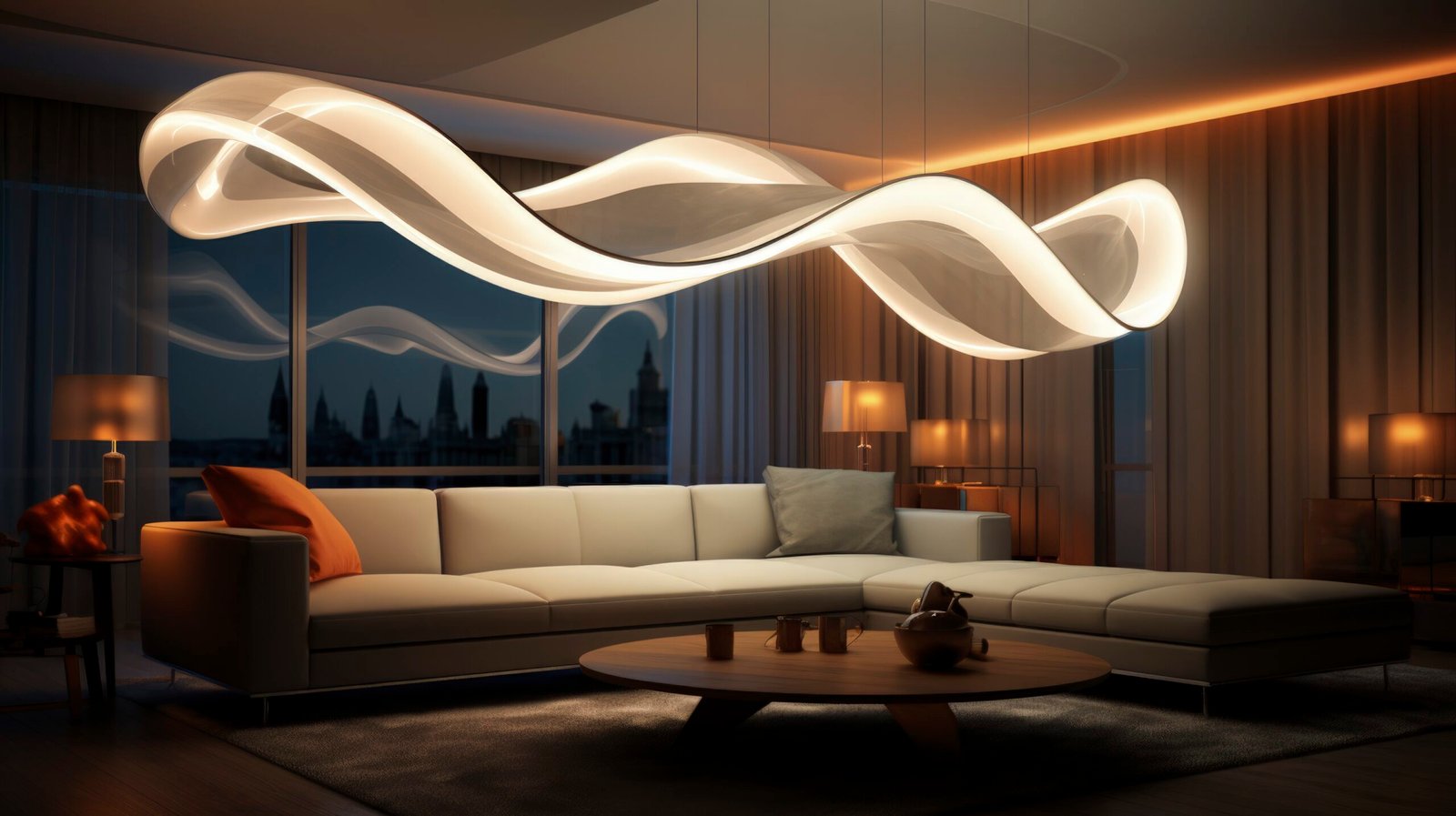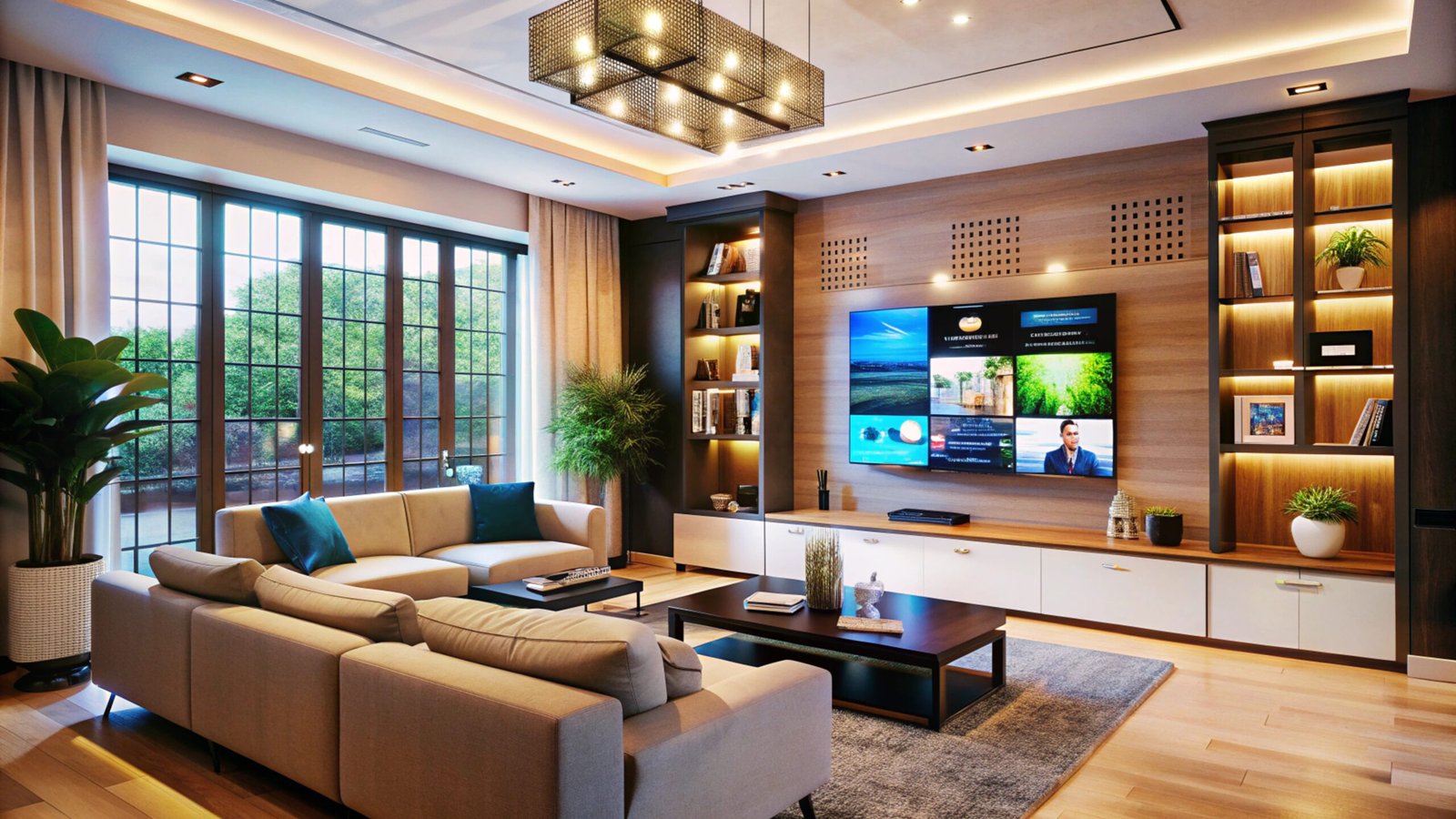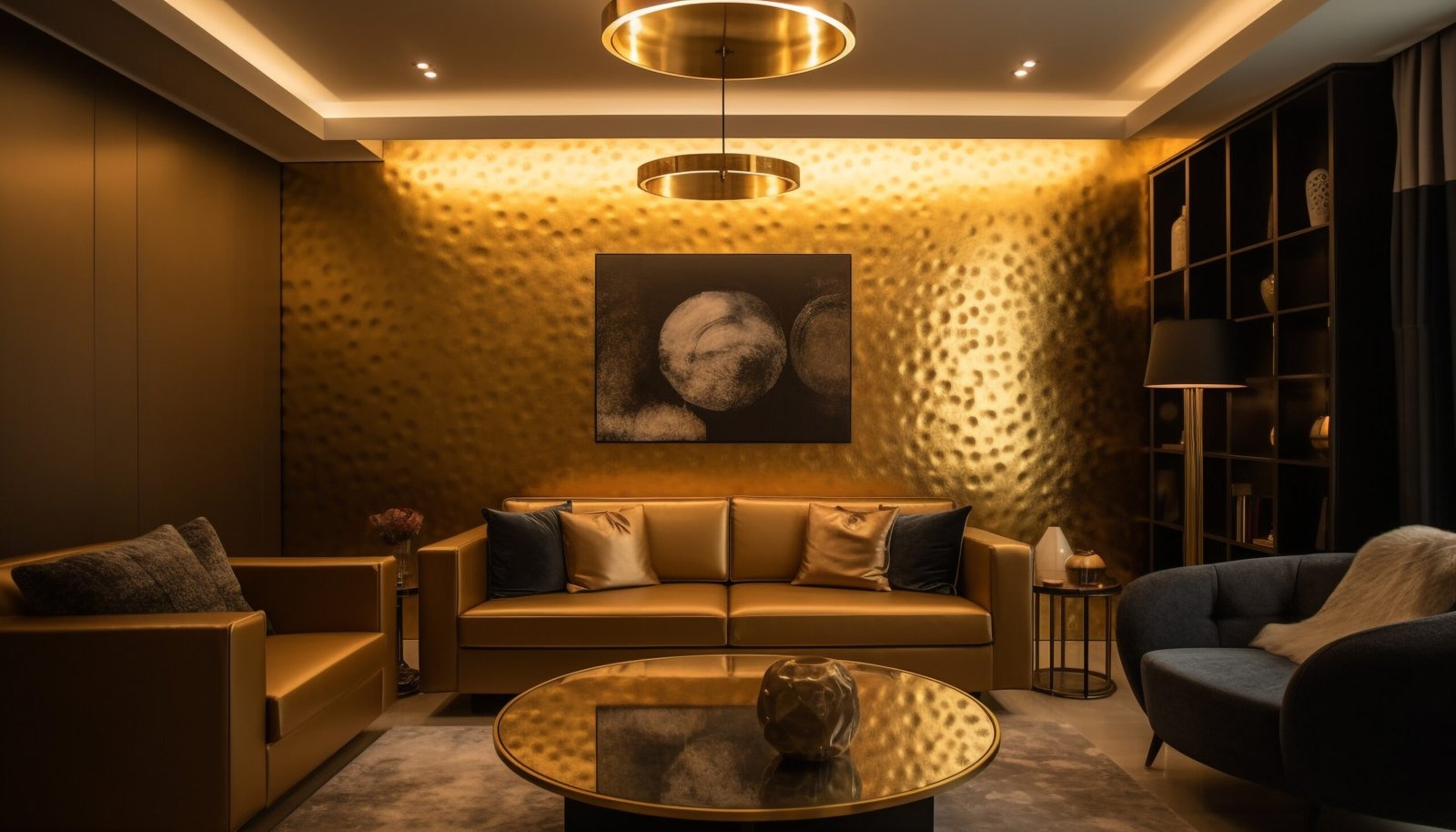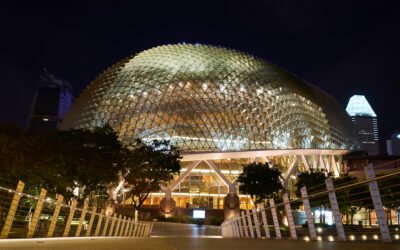Lighting is more than just a necessity—it’s a key driver of productivity, comfort, and overall workplace well-being. In today’s modern offices, smart indoor lighting systems are reshaping how employees focus, collaborate, and feel throughout the day.
For decades, workplaces relied on traditional fluorescent fixtures that often caused glare, eye strain, and fatigue. Now, innovative LED and smart lighting technologies are delivering energy-efficient, customizable, and human-centric solutions that benefit both businesses and their people.


The Link Between Lighting and Productivity
Research shows that the quality of indoor lighting directly impacts employee focus, energy levels, and accuracy. Poor lighting can lead to headaches, drowsiness, and reduced motivation, while well-designed systems create a brighter and more inspiring environment.
Smart indoor lighting adapts to different tasks—providing focused illumination for detail-oriented work and softer tones for meetings or collaborative sessions. This flexibility helps employees perform better and stay engaged throughout the day.
Well-Being Through Human-Centric Design
Lighting also plays a vital role in supporting mental health and wellness. By mimicking natural daylight patterns, smart indoor systems help regulate circadian rhythms, improving sleep quality and reducing stress. Employees working in such environments often report feeling healthier, more energetic, and more satisfied at work.





0 Comments